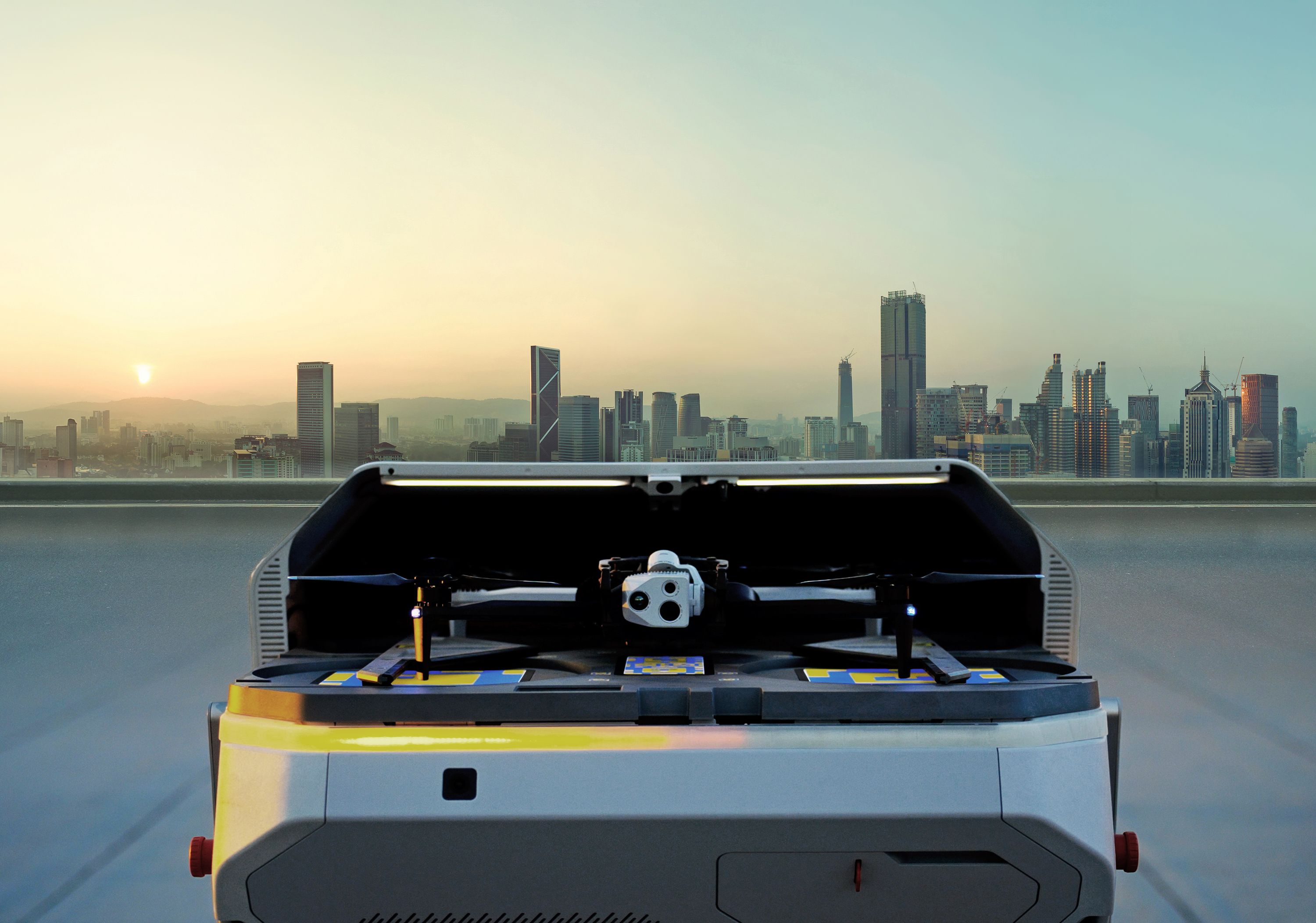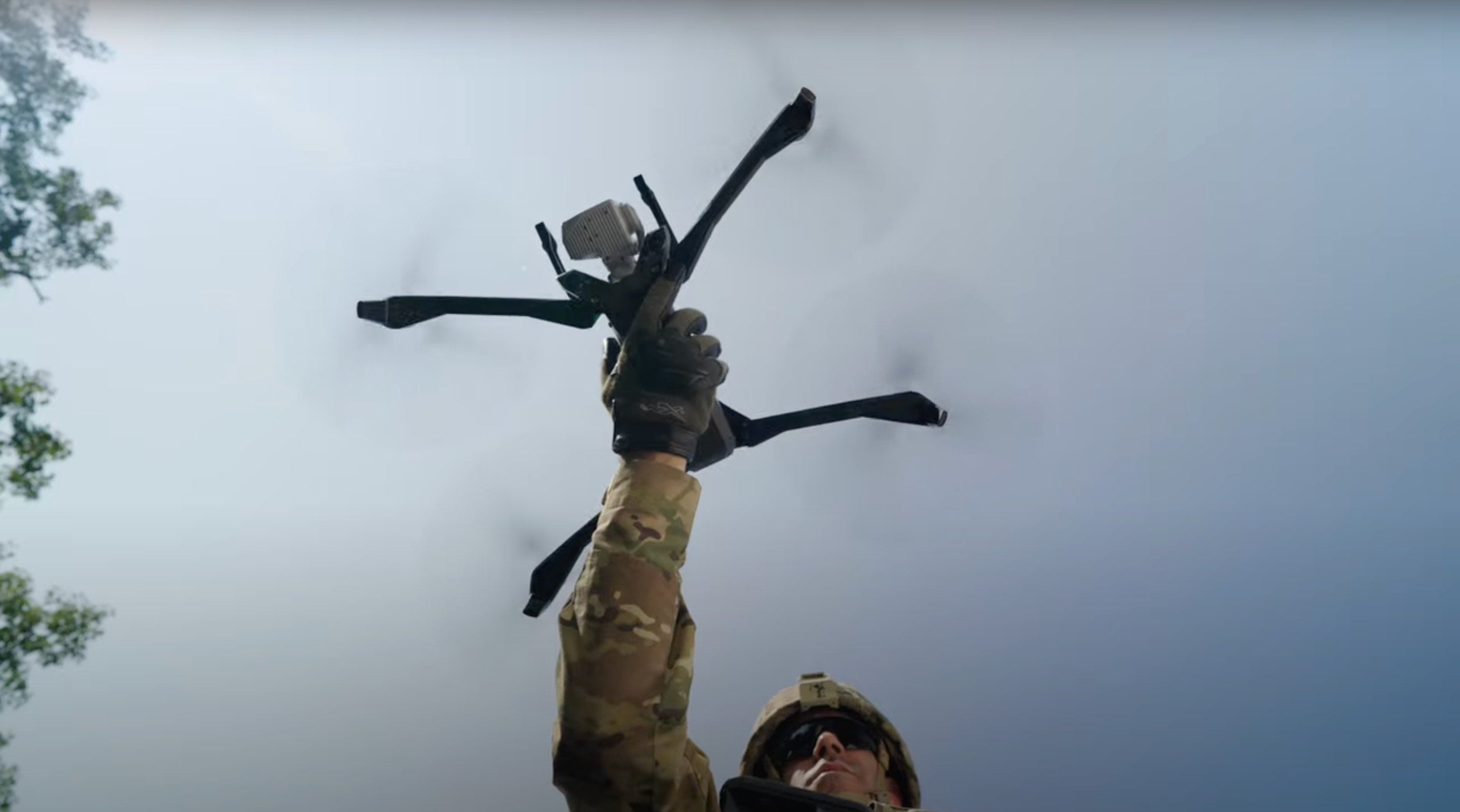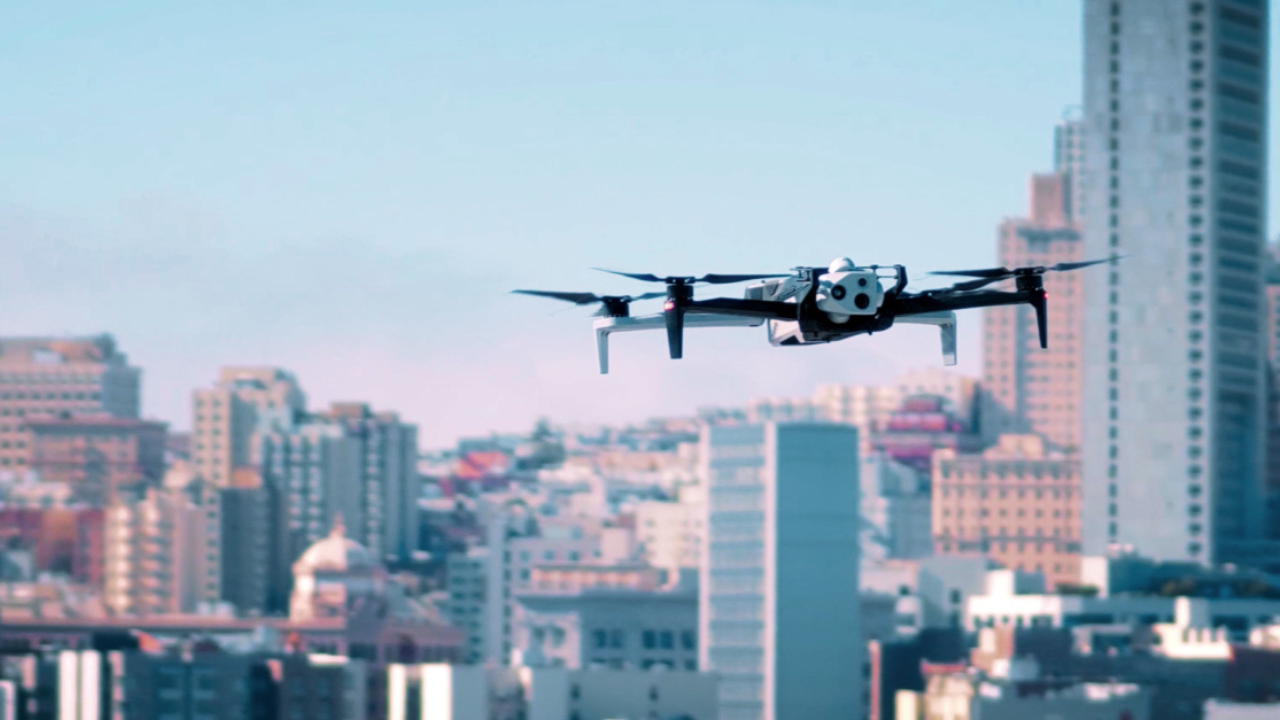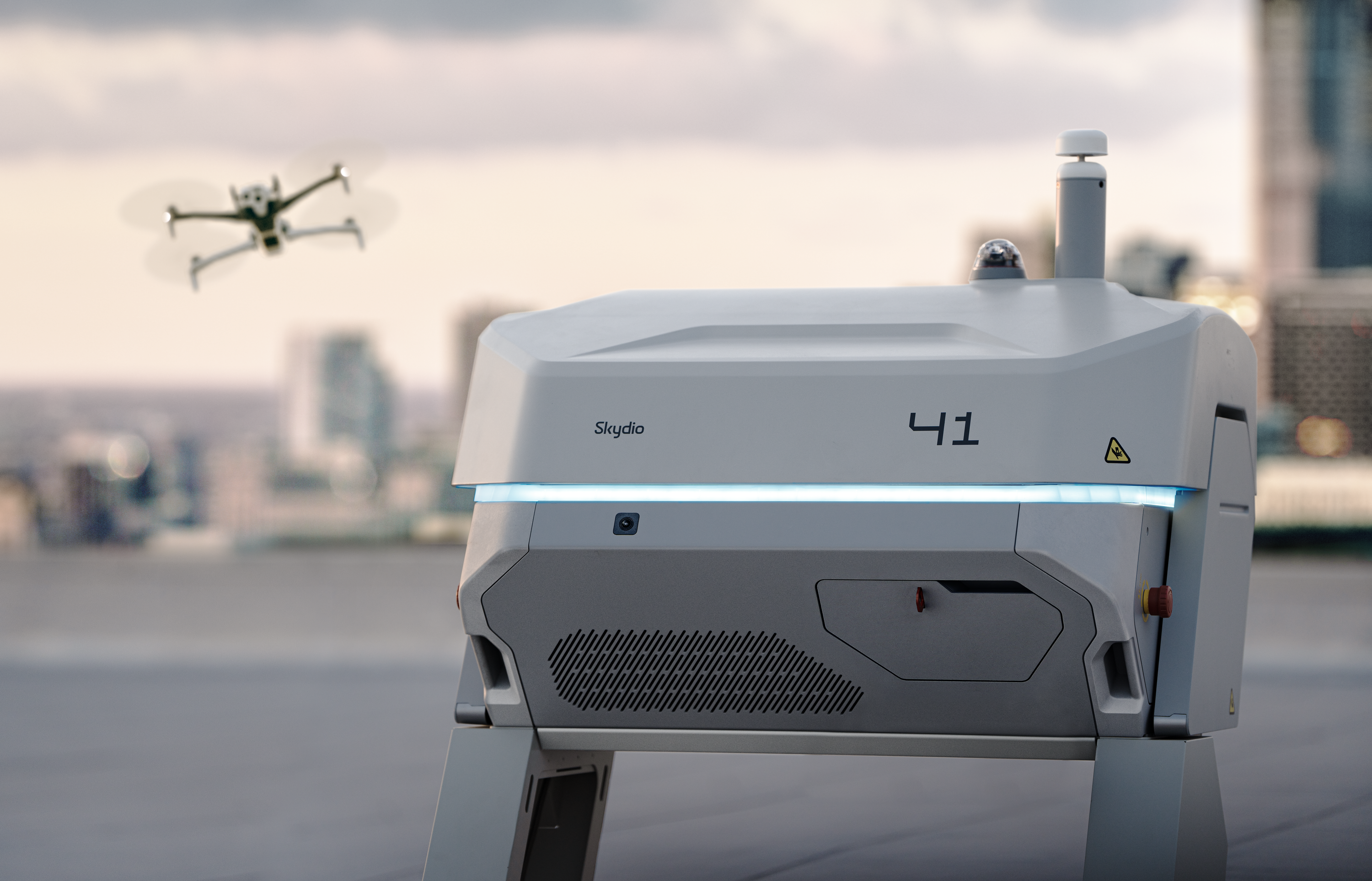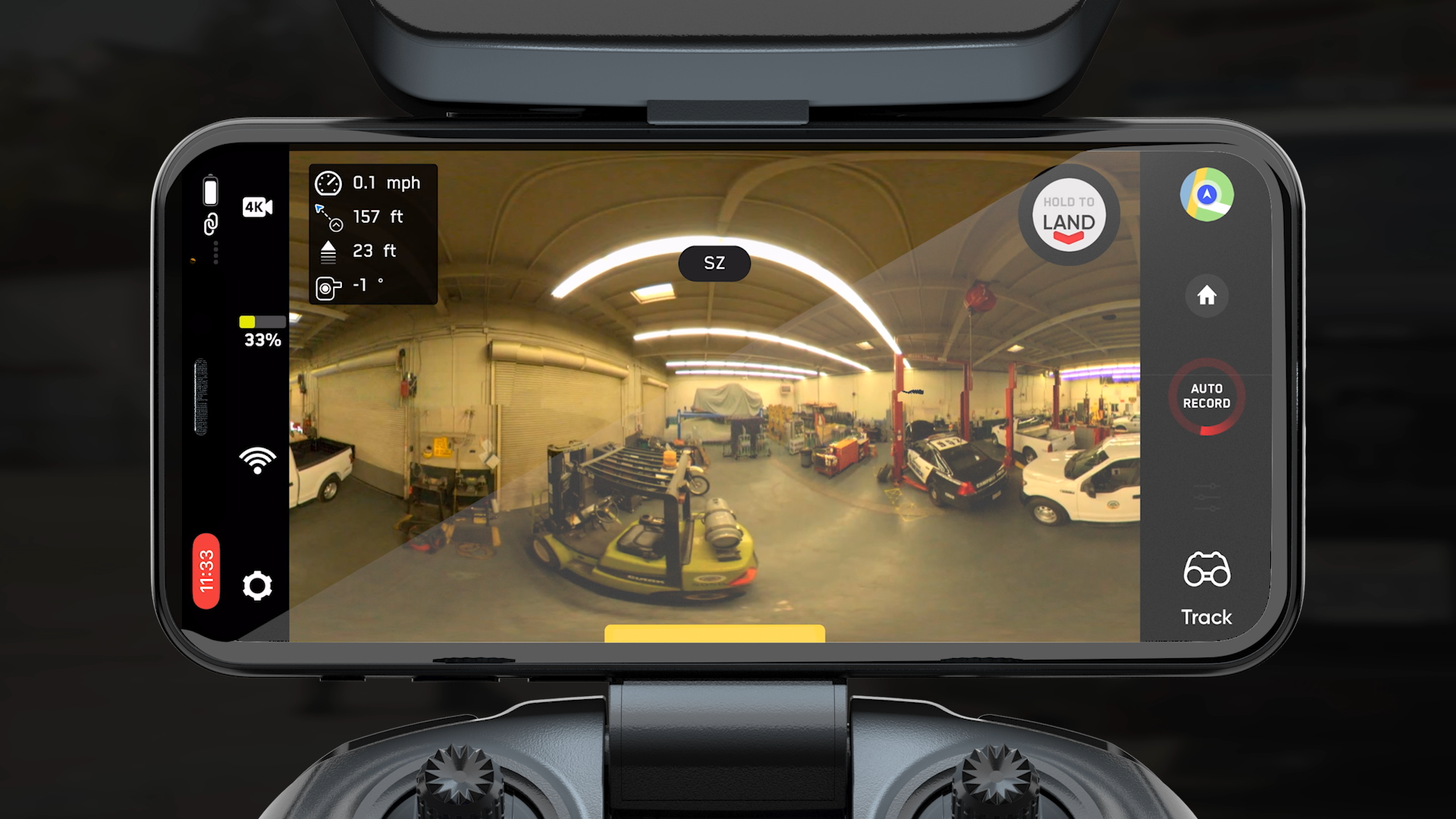Drone Autonomy for Situational Awareness
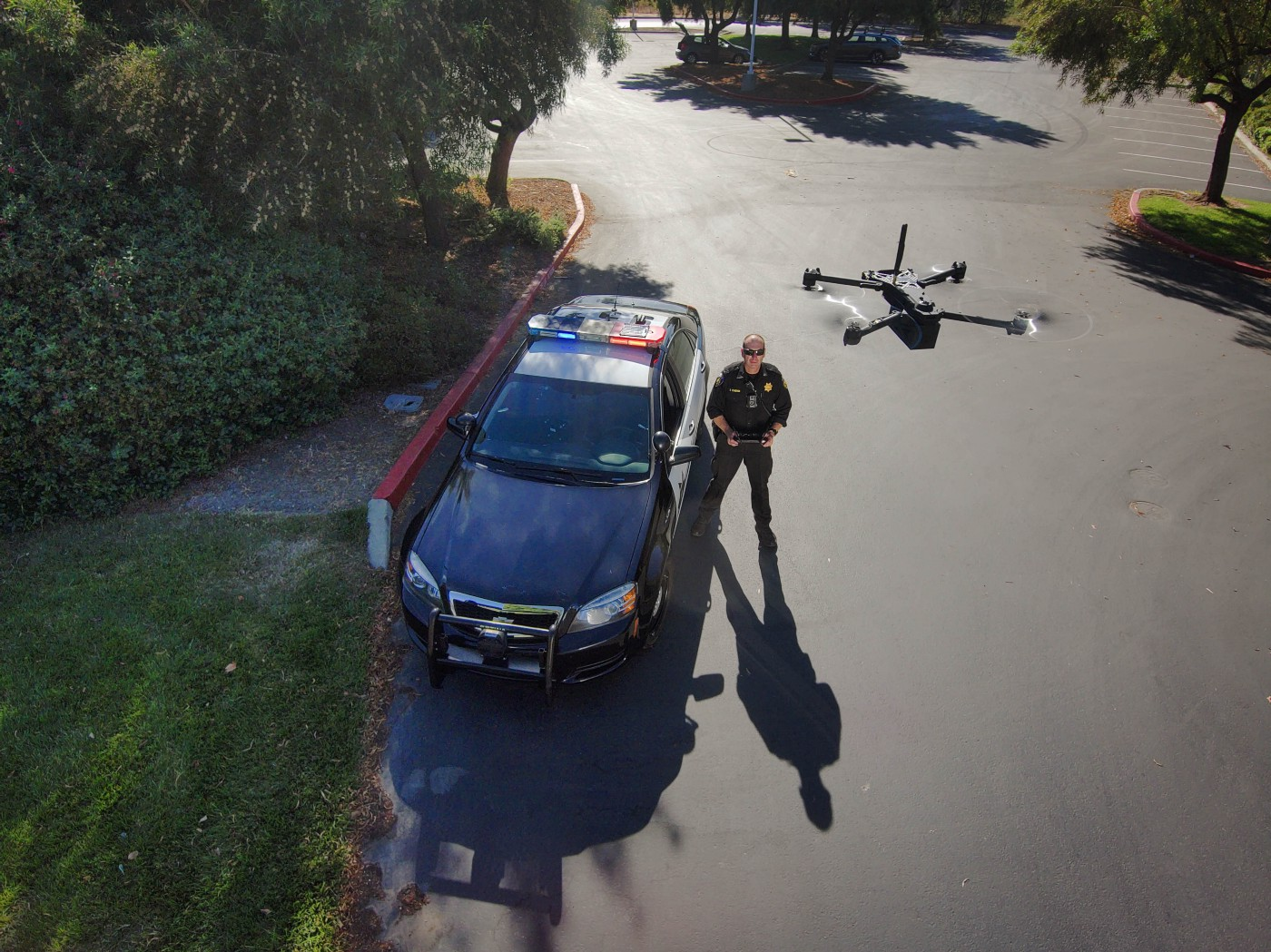
How AI Turns unmanned aerial systems (UAS) into force multipliers for emergency response.
Let’s dive deep into one of these public safety use cases — Situational Awareness — to understand how Skydio autonomous drones improve outcomes and make everyone safer.
From small-town volunteer fire departments to complex police departments, drones give a real-time overhead view to help monitor events as they unfold, whether scouting a burning building, performing search and rescue or de-escalating hostile situations. Having airborne monitoring capabilities helps agencies improve their tactics and data, so they can respond to emergencies quickly and limit risk exposure for their operators. More and more, this aerial intelligence is coming from Unmanned Aerial Systems (UAS) i.e. drones, instead of manned aircraft, such as helicopters and airplanes, but the coming age of autonomy has the potential to make drone overwatch a standard operating procedure for the entire fields of defense and public safety.
We’ll discuss some of the ways that drones are changing the game for situational awareness, how autonomy will accelerate adoption manifold, and some considerations for getting your agency’s program started.
Drones are game-changing for situational awareness
Drones address many of the drawbacks of manned aircraft for ISR missions. Helicopters, commonly viewed as the gold standard for live airborne overwatch, are loud, gas-guzzling, extremely expensive, and often dangerous machines. Drones resolve each of these issues in ways that benefit the pilots that fly them, the units they support, and the communities they serve.
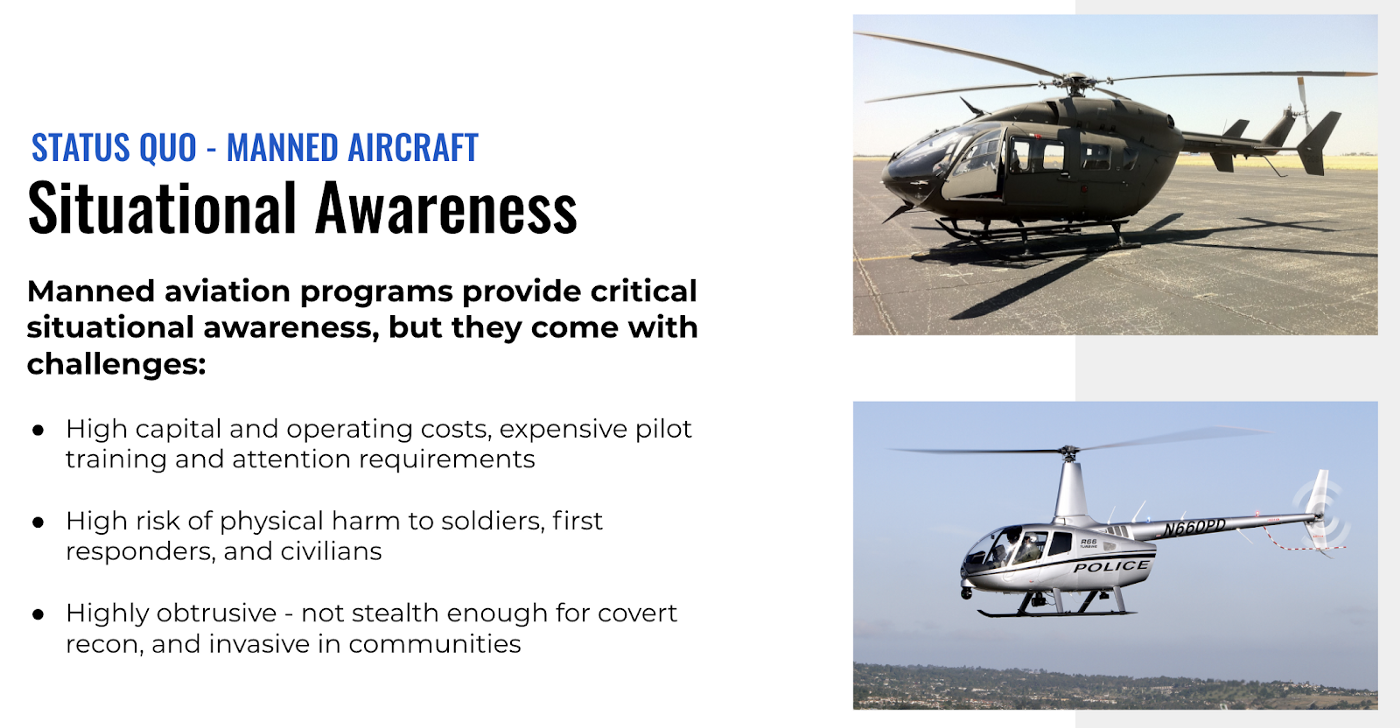
Drones are cheaper than manned aircraft
Helicopters are extremely expensive to buy and operate — a 4-passenger Airbus AS350B2 (which comprises 12 of LAPD’s 18 helicopters) costs $2.4m USD. The capital investment is just the beginning. The Department of Justice estimates that helicopters cost $600/hour to operate. Plus, helicopters require full-time hangar space, security, and staff to maintain.
At the local public safety agency level, helicopter programs take years of planning to launch, with city council approval for high up-front and annual budgets. Inter-agency collaboration can be required as well, as many agencies rely on mutual aid contributions to finance a central helicopter program. By contrast, entry level drones, like the Skydio 2, fit comfortably within discretionary and asset forfeiture fund budgets, and can pave the way for agency and community adoption that can grow into full-fledged programs with advanced operations.
The value is immediate — the Department of Justice quoted Sheriff Grady Judd of the Polk County Florida Sheriff’s Office:
“During our first year and a half of operating, we’ve flown more than 750 missions, resulting in 31 suspects being arrested and five missing or endangered people being found. We are saving tens of thousands of dollars deploying drones as opposed to our piloted agency helicopters.”
Drone fleets are larger and more responsive than helicopter fleets
The low price point also makes it possible to build large drone fleets that can respond to multiple incidents in a jurisdiction at once, instead of only deploying for the most serious cases. While only around 200 of the 36,000 public safety agencies in the US have helicopter programs, around 1000 agencies already have drone programs, and that number is growing. The largest helicopter program is the LAPD’s 18-vehicle fleet, a nine-figure investment with ongoing operating expenses. By contrast, the City of Clovis, CA, operates a drone program with over 20 aircraft capable of performing many of the critical functions provided by helicopters.
For small jurisdictions that could never afford helicopter programs, drones are a revolutionary path to improving operations in a safe and scalable way, and for major municipalities drones represent a major increase in coverage and availability at much more reasonable cost.
Drones are safer than manned aircraft
In 2019, there were 122 helicopter accidents and 51 fatalities. Even the non-fatal collisions involve the risk of serious injury to pilot and passengers, and elevated ground risk, as these combustible multi-ton metal structures hurtle to earth at high speeds. Despite decades of research and development, and extensive FAA involvement in type certification, we were reminded of the risks of helicopter flight over populated areas when a helicopter crashed into a New York City Skyscraper in June 2019.
By contrast, drones present relatively little air and ground risk. By virtue of differences in weight and operating speed, drones typically have less kinetic energy than helicopters by a factor of ten-thousand or more. This means even in the worst-case scenario the potential for damage to other people and objects is usually minor. That isn’t to say the risks are zero of course, which is why autonomy and collision avoidance are so critical to the broad deployment of drones in situational awareness situations. I will get deeper into this later in the blog.
Drones are quieter than helicopters
Helicopters are loud and can be very intrusive for citizens, especially in large cities. By their lower-profile nature, drones eliminate the intrusive factor that comes from helicopters. The upcoming Skydio X2 was designed with a low-profile airframe, and tri-rotor propeller that reduces noise as it flies. The X2 is imperceptible to the occupants of a building or vehicle, which reduces the societal impact and provides a much better option for situational awareness in hostile situations like a raid or SWAT callout. Coupled with the fact that Skydio has shown its commitment to the responsible use of drones through its partnership with industry group DRONERESPONDERS, the result is a less intrusive solution for society at large.
With the myriad benefits across cost, safety, and community relations, it is no wonder that forward-thinking agencies have begun to adopt drones. However, today’s manual drones leave much to be desired — they are hard to fly and easy to crash, which imposes limitations on an entire drone program. In the next section, we will discuss the ways that autonomous drones pave the way for the use of drones in industry to reach the mainstream.
Skydio autonomy delivers on the potential f Aerial Force Multipliers
The manual drones that continue to dominate public safety fleets today are holding their operators back. They require heavy pilot training and attention requirements, require operators to be so cautious in flight that it makes it extremely hard to complete their missions, and carry high-cost sensors on low-reliability airframes. Autonomous drones alleviate the pilot burden, enable confident flight, and protect operators’ investments in high-end thermal imaging. This makes them a better option for pilots, for the teams that depend on aerial data, and for management.
Autonomy Turns Any First Responder Into An Expert Pilot
The best way to keep a manual drone from crashing is a skilled pilot, but pilots are expensive. They require extensive up-front and ongoing training, and trade-off with headcount that could be put to work in the field. The DJI Phantom, which was notably used in the response to the San Bernardino shooting, is so hard to fly single-handed that it offers a two-pilot mode, where one pilot controls the drone while the other controls the camera. That is heading in the wrong direction if your goal is to scale up a program.
Skydio’s autonomous drones require minimal training to fly safely and mean that fewer resources have to go into piloting the aircraft. Captain Vern Sallee of the Chula Vista Police Department appreciates that “the Skydio 2 flies itself, which lets my cops be cops.” In fact, as our Head of Public Safety Integration, Fritz Reber, describes in this blog, autonomy even helped the Chula Vista PD secure a tactical Beyond Visual Line of Sight Waiver from the FAA that allows their pilots to get the most out of Skydio 2’s AI capabilities. With an autonomous drone, the aircraft works for the first responders it supports, rather than the other way around.
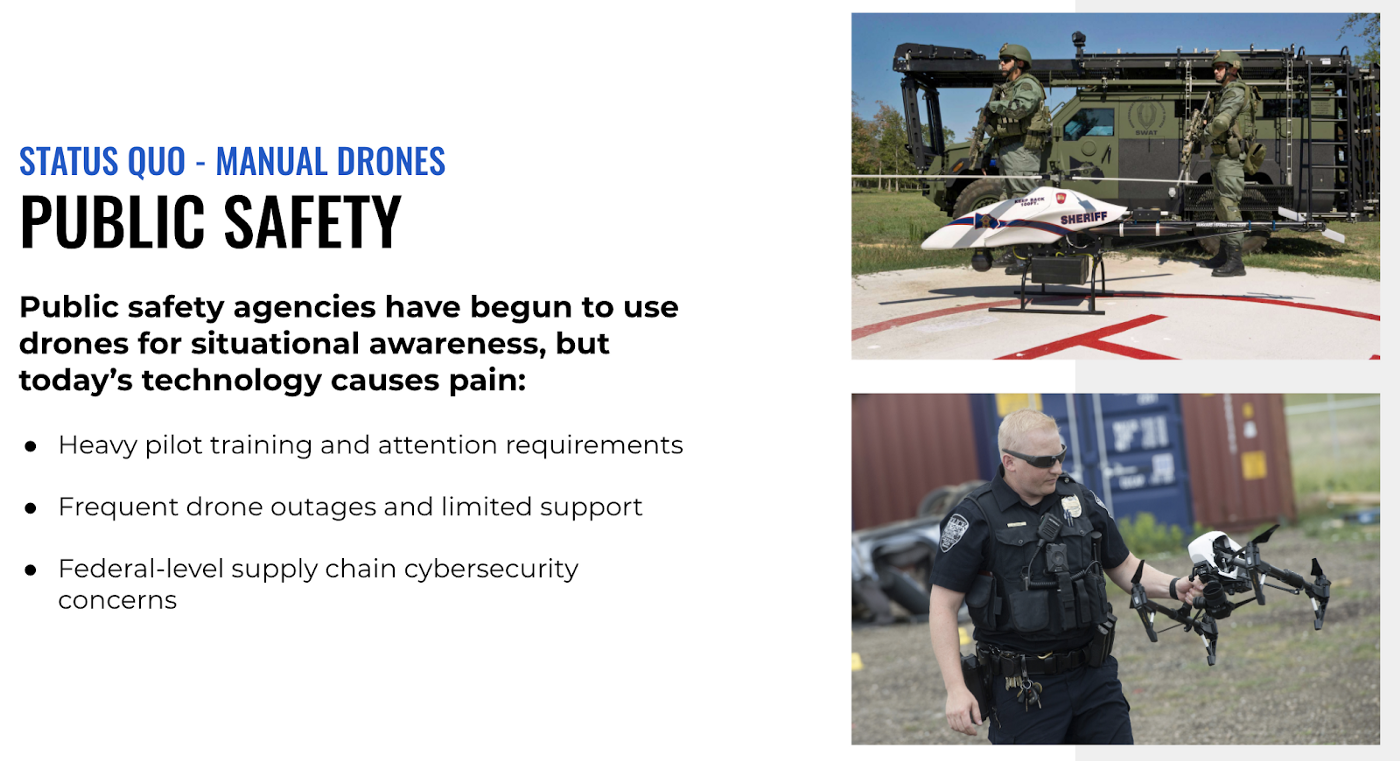
Skydio Drones Can Go Where Manual Drones Cannot
The environments where situational awareness drones fly are rapidly evolving and dangerous. Skydio drones are designed precisely to support pilots as they fly in such environments. Every Skydio 2 and X2 comes with trustworthy 360° obstacle avoidance based on computer vision and deep learning. Confident flight around obstacles opens the door for entire new categories of low altitude missions that pilots would not dare with any other aircraft. The Civil Air Patrol’s Austin Worcester points out that Skydio drones’ “trustworthy obstacle avoidance makes it possible for us to do flights at low-altitude and in complex urban environments that we would otherwise not be able to perform,” allowing his drone program to add more value to the communities they serve.
In complex urban environments like CAP flies in, pilots need to be able to transition seamlessly from providing situational awareness at a distance to navigating close quarters with perception in all directions. Going from outside a building to inside a building, then keeping one’s bearings while flying in first-person, are extremely difficult maneuvers for even the most skilled pilots. Two features in particular will help pilots take in the maximum amount of visual information while flying confidently in tight spaces:
Precision Mode
While the Autonomy Core software on every Skydio drone has extensive tuning to enable cinematic video capture, the upcoming Skydio Autonomy Enterprise Foundation package brings Precision Mode, which gives pilots snappier control of their drone over joysticks, and allows them to fly within a half-meter of obstacles. This lets pilots navigate through small gaps like doorways, for confident awareness in close quarters environments.
360 Superzoom
While manual drones can only show the pilot the view through the front-facing camera, Skydio drones give pilots eyes in the back of their head. Superzoom blends the drone’s seven on-board cameras to let the pilot see in all directions while flying, and provides up to 100x zoom with high quality video resolution and electronic image stabilization. Pilots can simply zoom out on their controller to see everything around their aircraft, which makes Superzoom an ideal solution for room clearing, engaging multiple suspects, urban search and rescue, and more.
Drone Autonomy Protects Your Investment
At the heart of drone autonomy is a massive reduction in the risk of collisions. Protecting drone investment is increasingly important for high-end enterprise drones like the X2. Useful thermal and IR footage are critical components of an advanced situational awareness drone. This is why Skydio X2 carries a 320p FLIR Boson infrared sensor.
These advanced sensors require important investment that program managers care deeply about protecting. In our Autonomy Blog, we shared a video from a reviewer in which he switches to Skydio 2 because his Mavic crashes repeatedly on a tracking flight. However, crashing a $10,000 DJI Matrice carrying a $14,000 Zenmuse XT2 thermal sensor is no joke. Bear in mind that even though the M210 has directional obstacle avoidance, it does not have full coverage and it is prone to making mistakes. If your agency is going to invest that much in a situational awareness platform, you deserve one that won’t crash.
An autonomous drone program is much easier to start up than an aviation program. Unlike a helicopter where an agency can spend years just securing budget, teams can start with a Skydio 2 for as little as $1,349, and build their fleets up from there. There are also a growing number of agencies that can be contacted to learn more about how to build a situational awareness capability around Skydio.
In a recent DRONERESPONDERS poll, 11% of public safety agencies included Skydio drones in their fleets, second only to DJI, after just 7 months in the market.
